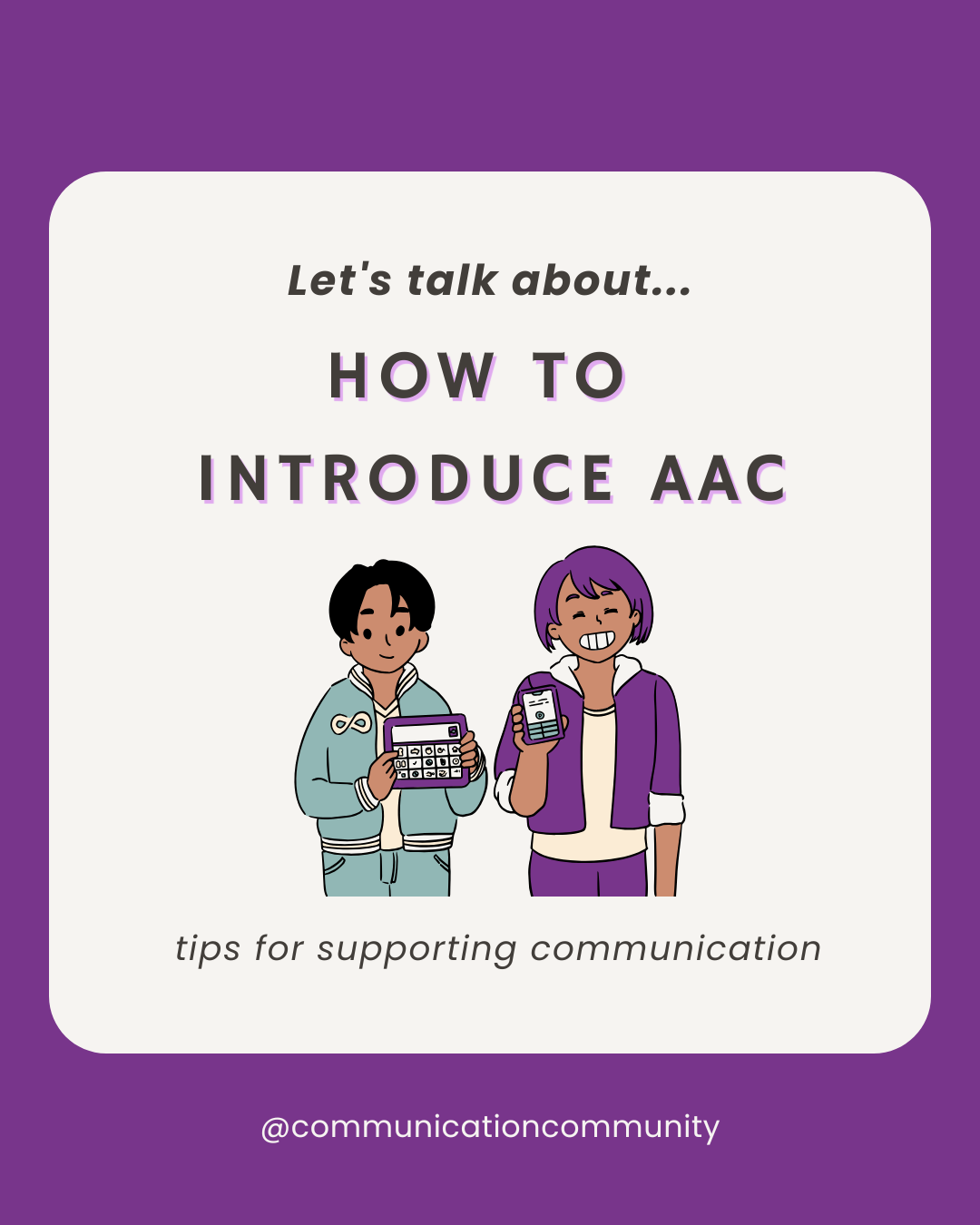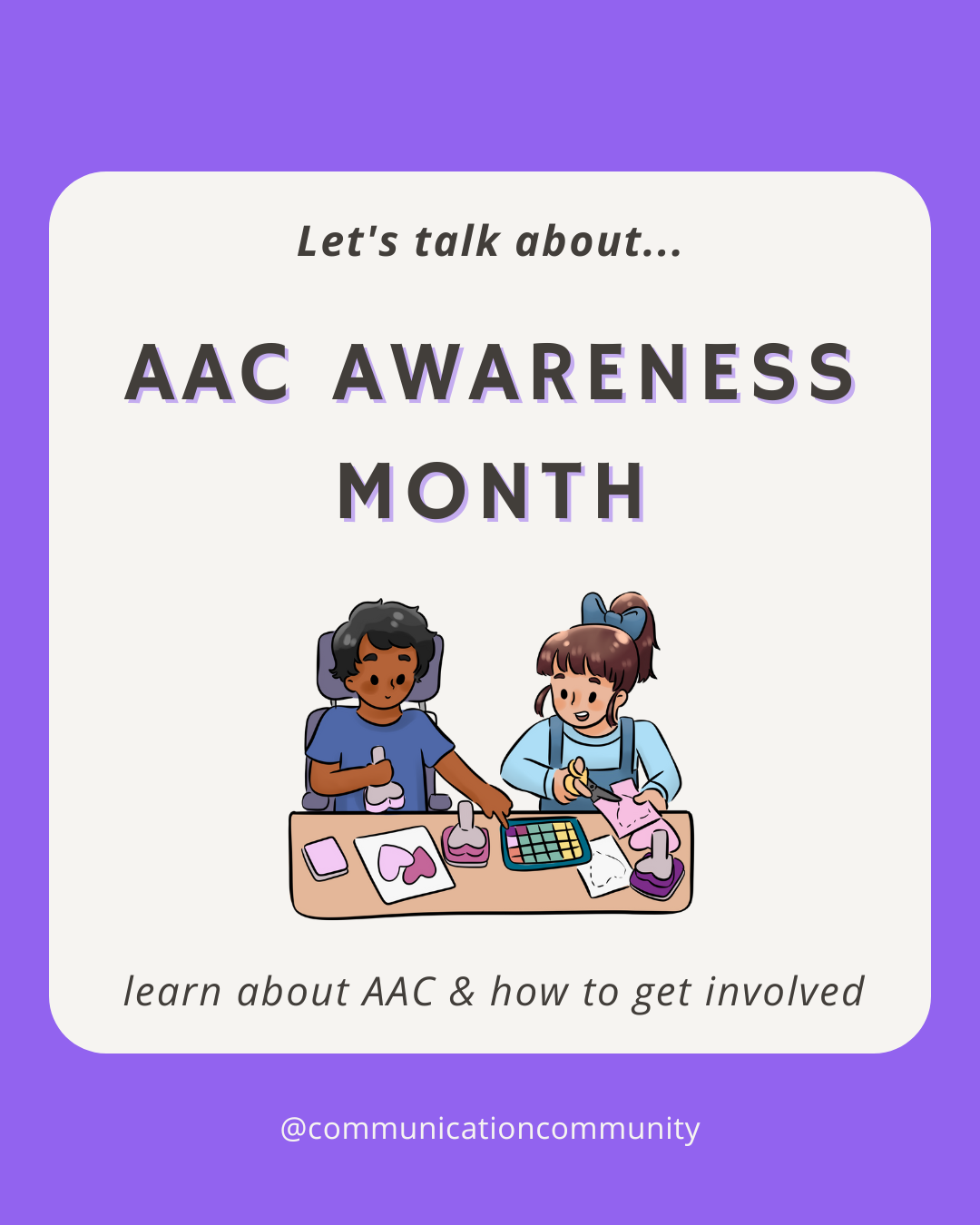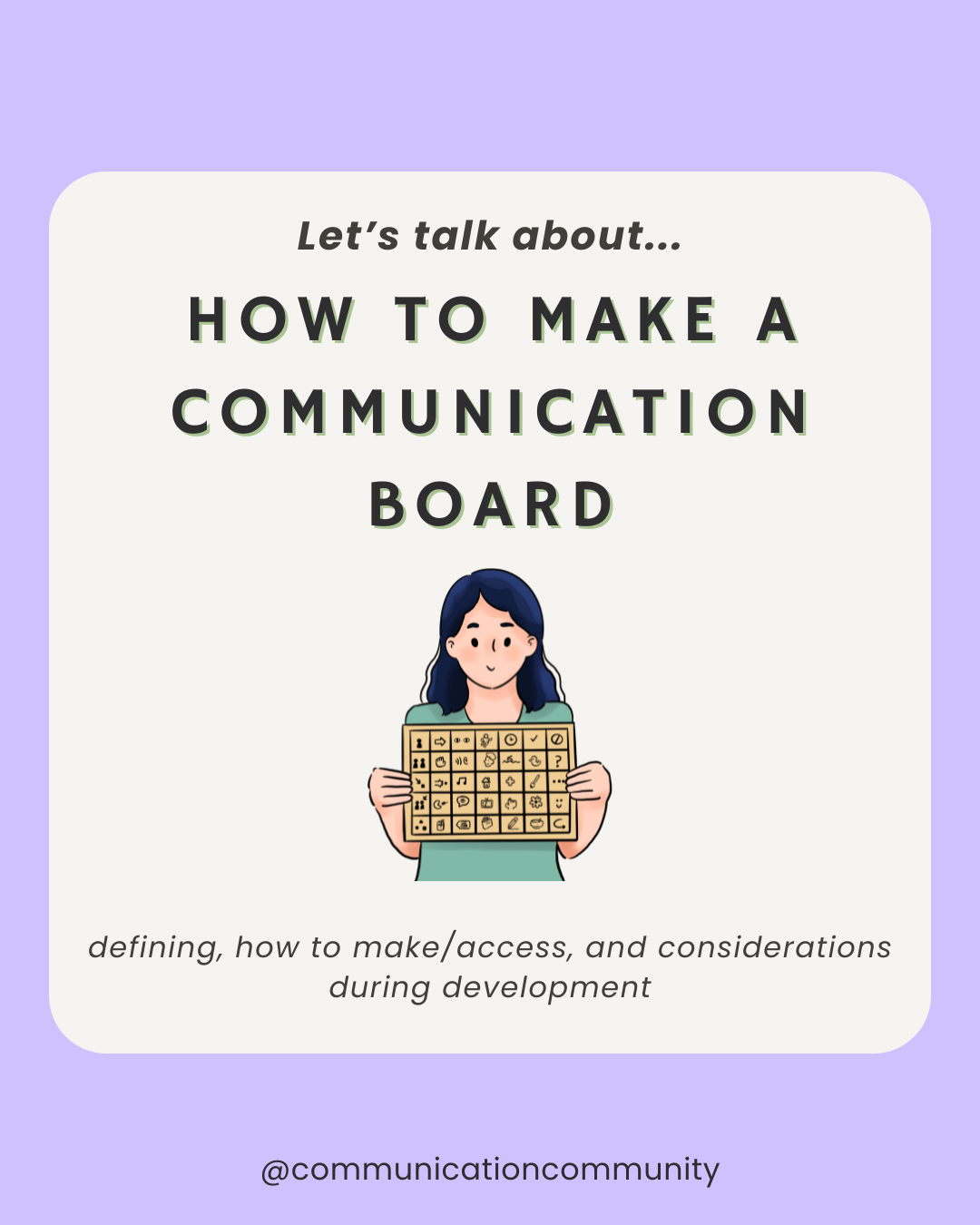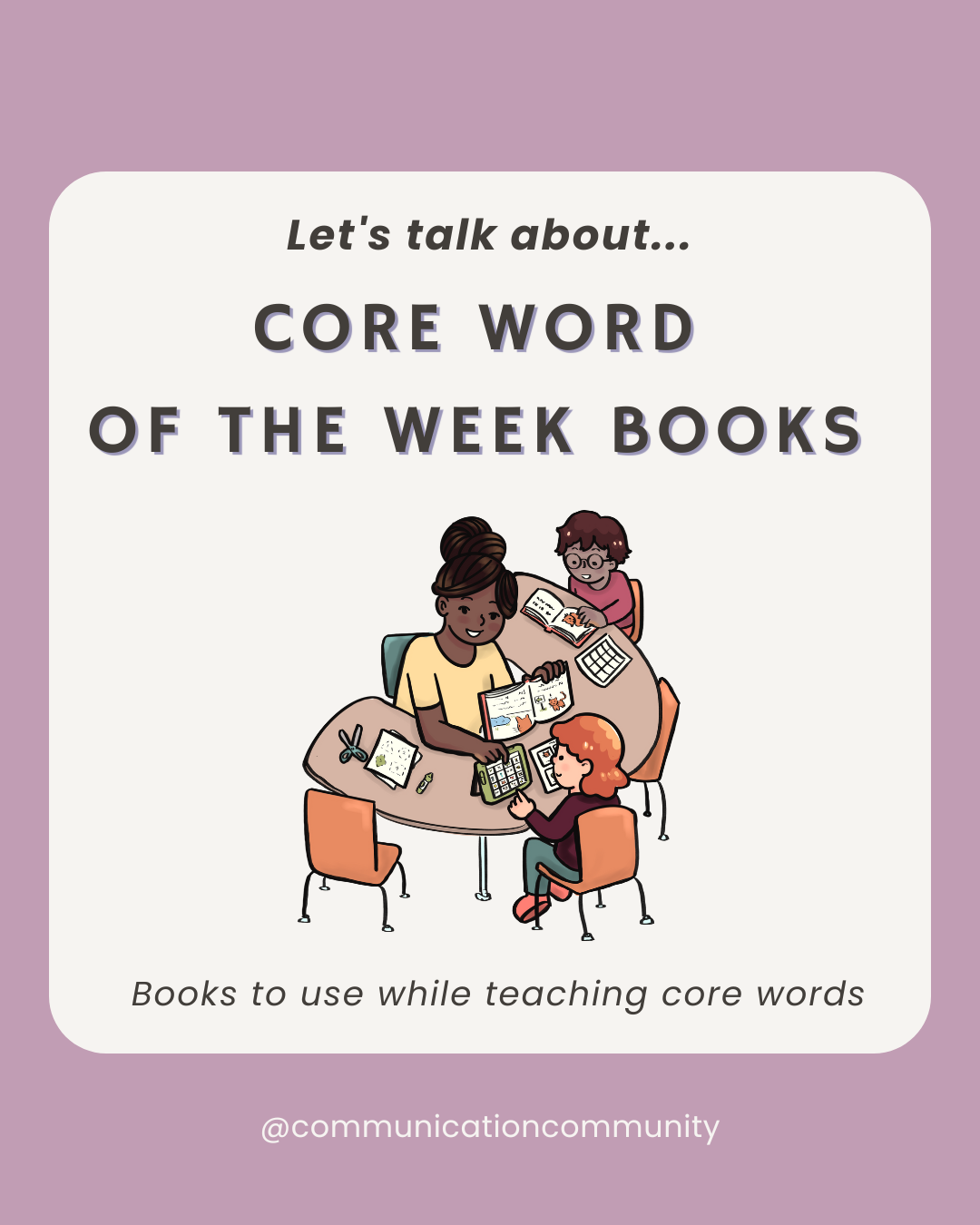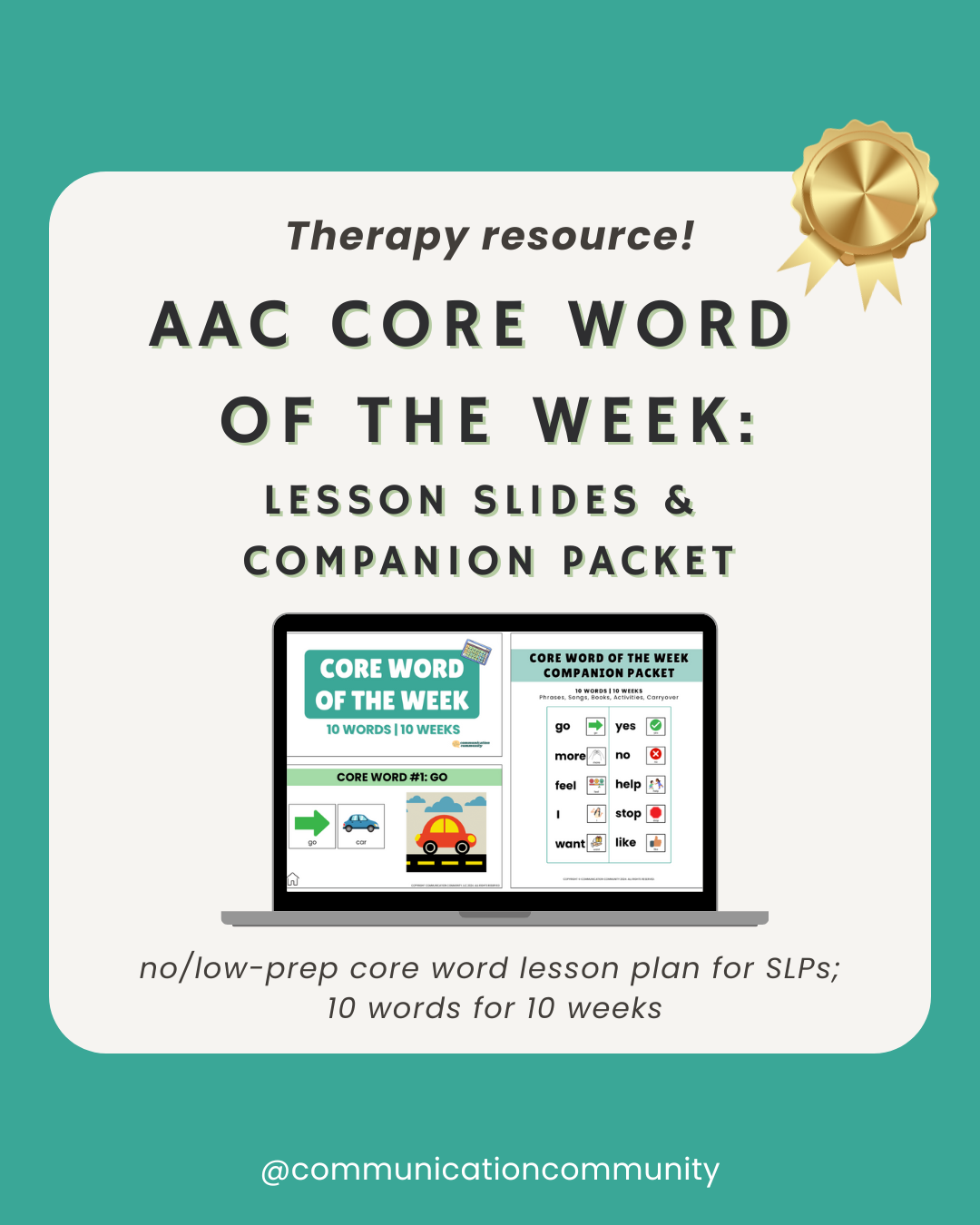Core vocabulary or core words continue to be a focus when teaching language to individuals using augmentative and alternative communication (AAC) systems.
In our previous article, we discussed how core vocabulary comprises approximately 80% of the words that we say each day. That is a huge proportion of the words we use to communicate, which is why research has consistently shown teaching core vocabulary to be an integral part of using AAC. Let’s take a look at some core word examples:
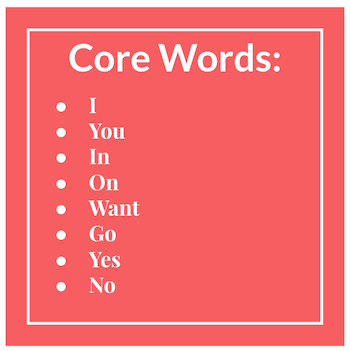
One of the primary reasons that core vocabulary is incorporated into AAC implementation and vocabulary systems is because core vocabulary is often flexible and conceptual; indicating that the meaning of the word is relevant across multiple contexts. Cue - frequent teachable language opportunities! Core word focus using AAC systems allows users to have access to more flexible language that can be used and combined in a variety of ways. Take certain self-advocacy words/phrases, for example. Often, these words (e.g., “help” , “I want”), are incorporated into core word instruction because there are a variety of opportunities across contexts (where this language is relevant) to elicit this language. Think about how many requests a young individual can make a day to get their wants and needs met (e.g., mealtimes, wanting access to toys/leisure items, requesting an item out of reach)… that’s a lot of teachable opportunities!
Additionally, as AAC users expand their core vocabulary repertoires, they can learn to string words together with other core or fringe words (e.g., “I need help” ; “I want to go outside”). Find more about core and fringe words here or check out one of our favorite clips highlighting core and fringe words:
Core Words Practice using AAC: Making a Snack
So let’s talk about implementation. How as caregivers/clinicians can we capitalize on these numerous daily living situations to include core word practice? Let’s narrow down to a mealtime opportunity: making trail mix. What I like about this snack is that it is modifiable for any sort of dietary/allergy restrictions and recipes can change to include whatever different food choices you would like. Further, trail mix is a task that can also incorporate turn taking (e.g., each individual is responsible for putting their assigned ingredient into the bag that is passed around) and following a sequence that can be altered/modified (aka - the recipe). See below for our sample trail mix recipe! A PDF of this recipe can also be accessed through our TpT page.
4-Step Trail Mix Recipe
- Get a bowl and a spoon
- Get the ingredients (can be flexible here): peanuts, raisins, sunflower seeds, chocolate covered candy
- Pour the ingredients into the bowl
- Mix the ingredients with the spoon
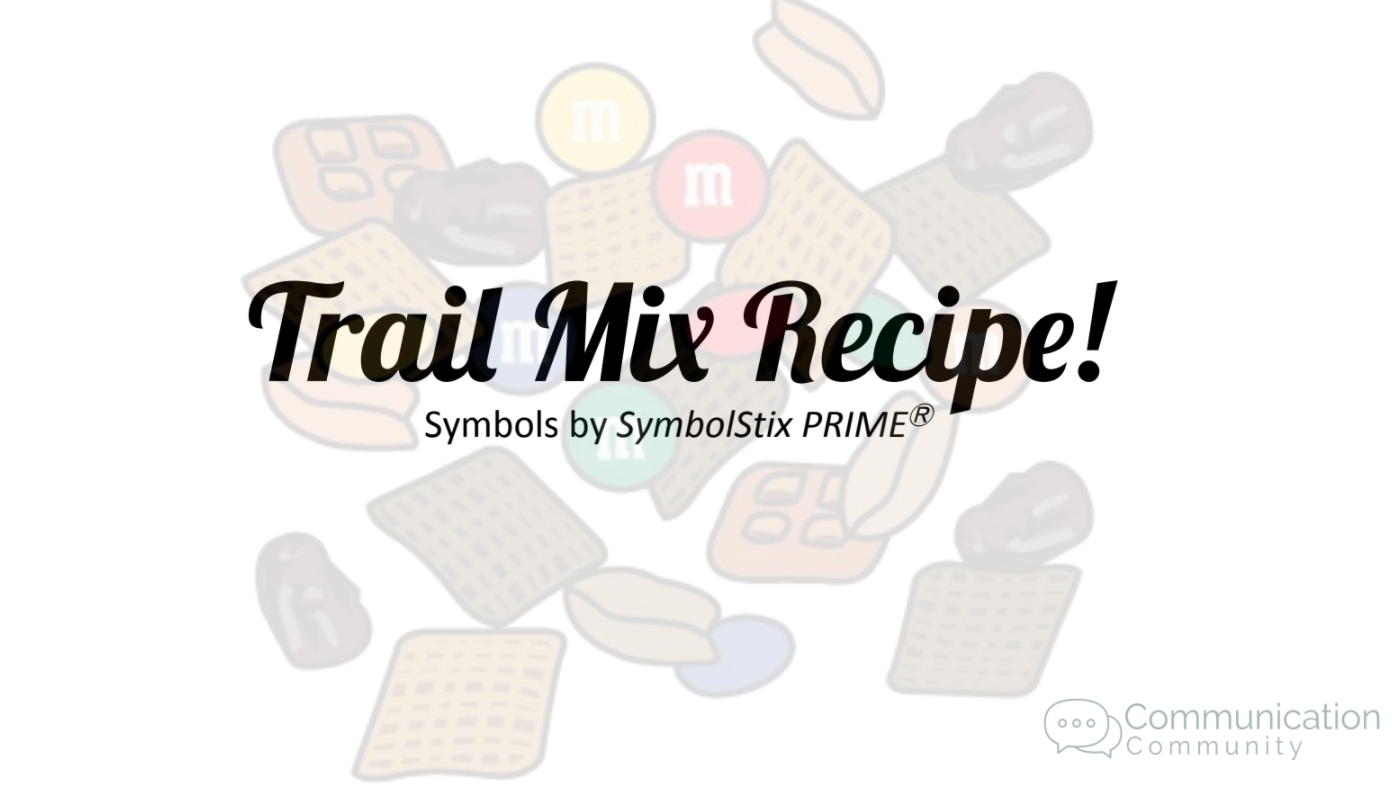
Core Word Communication Skills
Responding to questions
This is an opportunity for the AAC user to respond to wh- questions (e.g., “What is it?” → “Peanuts”, “Where is [ingredient]?” → “In pantry”) using a variety of core and/or fringe words. This allows the individual to work on navigating through categorically-related (and sometimes sub categorically-related) folders within their AAC system, too. Think: Food/Drink folder with subcategories nuts or candy. Additionally, AAC users can also work on responding to various Yes/No questions, such as: “Do we need apples for this recipe?” or “Should we add more chocolate?”
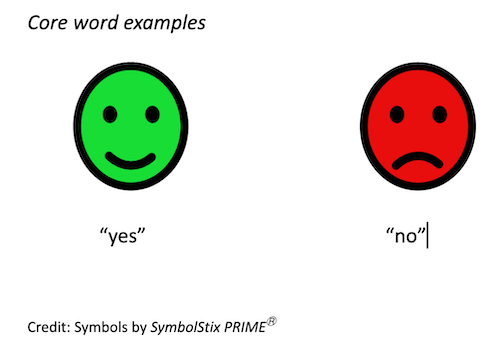
Requesting items
Almost every step of the recipe can serve as some form of opportunity to request a food item, using a carrier phrase such as, “I want [ingredient]” or “I would like [ingredient].” Vary use of these phrases to increase different forms of language used for making requests. But remember, ingredients aren’t the only items to request! Create opportunities to elicit directive phrases like, “Give me bowl” or “Give me spoon.”
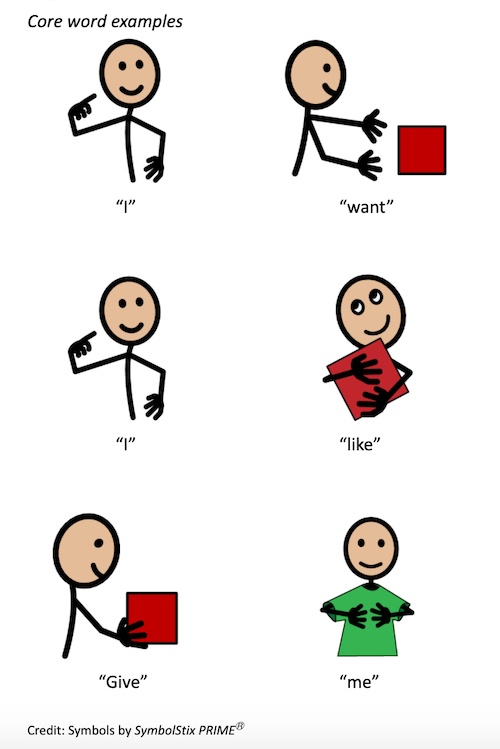
Using prepositions
Prepositions can be incorporated expressively using AAC, e.g., “In” and “out” being two of the more commonly used words in this context (e.g., “Put in”, “Take out”) as well as receptively - like when following a series of directions. Provide some opportunities for the AAC user to give you the direction to follow the recipe (e.g., “What do I put in now?” → “Put in raisins”).

Requesting assistance, as needed
Words like “help” to indicate assistance can be one of the most important words to teach and generalize across contexts. “Help” serves as a crucial self-advocacy phrase and provides an introduction to self-navigating problems. Create opportunities for the AAC user to require use of this phrase, like sealing an ingredient bag too tight so that the individual will require assistance opening, or placing something out of reach. This skill can be expanded to include having the AAC user tell the individual helping what they need them to do, e.g., “Open bag” (hey, that’s preposition work too!).
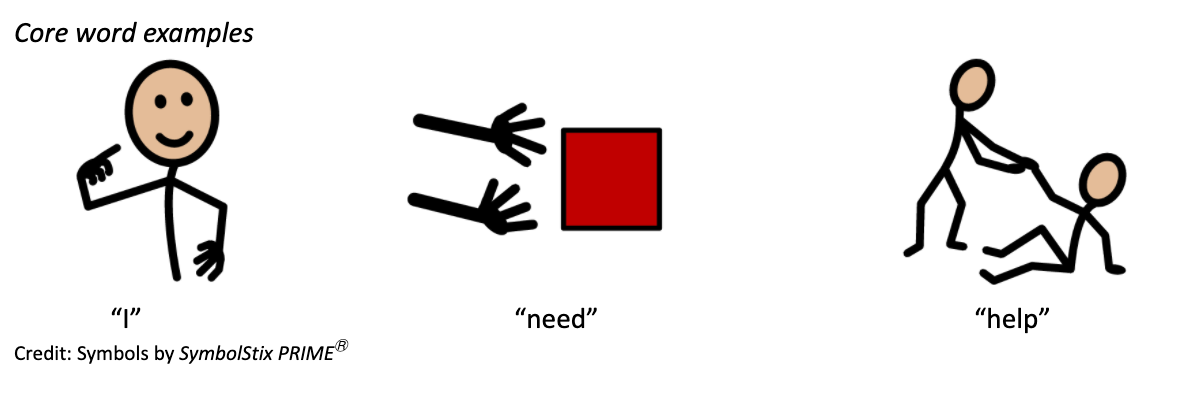
Lastly, let’s not forget what you can do to model as the clinician/caregiver! For demonstrating use of novel vocabulary (especially for beginning users), incorporate aided language stimulation (i.e., modeling words within natural context using AAC system) into this practice whenever you can. This may mean you navigate their pages and press the buttons for words/phrases such as “I want” or “Help.” Individuals learn spoken language via hearing the words spoken by others, so they can learn AAC systems by hearing/seeing how they are used by others. The more you expose the AAC user to this, the more opportunities you are allowed to demonstrate the use of language within and across the appropriate contexts. Remember, you don’t always have to use grammatically correct sentences either! Start small with core words and expand from there.
For additional resources, check out one of our favorite clips discussing how to optimize AAC communication at mealtime!
Enjoy your summer snack!


